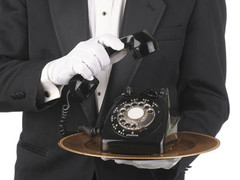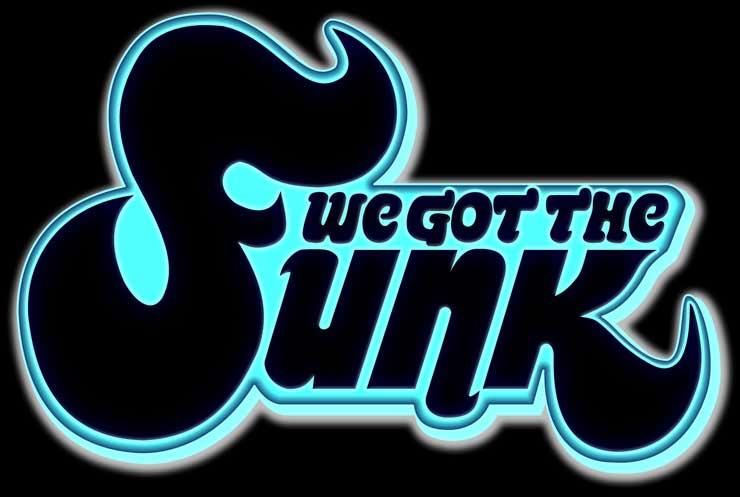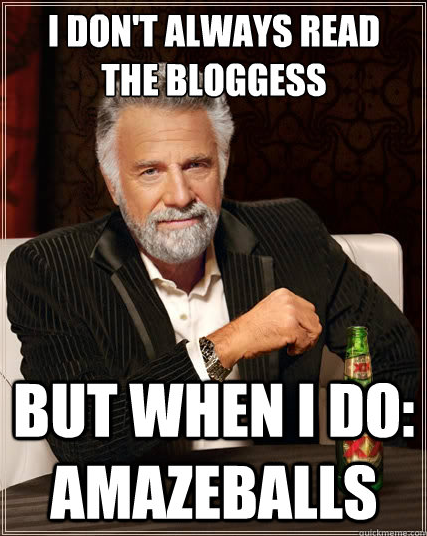For 90 minutes my body went through a rebellion: hands clutching and releasing anything they could grasp, palms sweating despite the chilly room, tears bursting out of thin air, all punctuated by the occasional gasp of joy. I was not undergoing dental work. I was not on trial. I was not fighting with a loved one.
No, I was watching a movie about a man with no boundaries and a compulsion to seek perfection, even if just for a moment. I watched him create mastery with death on the line. The man is Alex Honnold. The film is Free Solo. It was exhausting, and—oddly enough—life affirming.

I chose the film for a very specific reason: I needed to FEEL. Deeply, engagingly, with my whole body. I wanted—and received—a brutal dose of the feels. Why? I’m odd that way. I need something large to draw out feelings that seem routine to my friends and most other humans. I am slow to rile, slow to react, and am seen as so laid back that nothing much phases me.
Alex tells a similar story when he talks about how most things just don’t get to him one way or the other. His nickname is “No Big Deal”. Everyday annoyances, the daily grind, relationships: he appears a canyon. Vast, deep, immovable. Only when he gets into his comfort zone of flow—complicated, demanding climbing routes—does he start to feel the pleasure that comes from competence. Add to that the all-too-real danger of free soloing, and he can feel alive.
When I walked out of the theater I was in the right mindset to open up with a friend and explore a recent emotional quagmire. Hours earlier, I couldn’t let myself get there. I felt frustrated yet incapable of expression. Letting my mind get lost in the tension onscreen was key. Tension on Alex’s behalf, and on behalf of his friends and filmmakers. The buffeting my mind and body endured were just right. Just what I needed.
Apathetic Amygdala
Alex is odd that way, too. During the film it’s revealed that Alex has some “alternative” brain wiring, starting with his amygdala, the part of the brain that registers fear (in addition to all the other “primal” emotions). When tested in an fMRI machine—the kind that shows your brain lighting up in response to stimuli—Alex does not muster much in the way of, well, anything in the way of reactions in the amygdala. Structurally he’s fine: there’s an amygdala in there. But it’s slower to rouse than a hibernating bear.
This makes him highly unusual—even the control subject, a “thrill-seeking” climber, showed fMRI amygdala responses to shocking imagery. In Alex, this primordial deficit might not have been noticed in a conventional, non rock climbing life. If he’d opted for the civil engineer career path he started and abandoned, he might not have known that he didn’t feel things like other people did. Life just might have seemed . . . fine. Boring, but fine. He wouldn’t have known any better.
But Alex is not a civil engineer (yet; he’s still young). Instead he finds that he is able to touch perfection and truly feel alive when he is using his mastery to stay one smear away from death.
I’m no Alex Honnold.
And yet. I see some interesting parallels in how we process the world. Go big or go home is typically how I take on challenges. Everything else is so “meh” that I am doomed to fail. I don’t just break up with someone: I do that and then get rid of most of my stuff and move across the country. Rather than take a job that’s reasonable in a new company, I find a brand new subject matter in a new company and take over a whole department. Oh, and when I run, I run ultramarathons.

When I step into a big change, I get a lump in my throat. A quiver in my belly. A deep sense of purpose that is damn near addictive. Purpose is fantastic. Purpose helps you open a door, peek through, and realize you—to remain “you”—have to step through. It’s not unlike falling in love: in both we find deep meaning and a dizzying “oh shit here we go this is happening” beginning phase.
But that kind of quivering sensation isn’t repeatable forever. Is it? We grow accustomed to nearly everything. That’s a human strength, allowing us to persevere through some truly awful shit. And it can be our downfall when we seek a meaningful life.
The bridge between those big purposeful feels and just being able to experience emotions without judgement is where I get stuck. And that’s where running comes in. A lot of running.
Endurance + Exhaustion = Feels
After an ultramarathon or an energetically challenging psychological experience (movies can do it, sometimes books, sometimes particular music) I can get to that vulnerable place. It is then that I can open up, have those heart-to-hearts if needed. My normal introvert self can’t be bothered to put up a fight when the rest of me is soooooo tired.
Yet I still wonder how sustainable that pattern is. One can’t go through daily life making big life-altering moves AND draining one’s body of energy just to experience an acceptable level of emotions and be able to connect with people.
Can you? I don’t know. It starts with an observation and a theory about normal people and normal emotions. We’re about to go deep. Buckle up.
The Emotion Is Not Strong In This One
I believe that humans are built to experience a large range of emotional intensity. And like all human characteristics the potential range varies immensely from person to person. Let’s say all emotions are on a scale from -10 to +10. A daily chart might show most people existing between -4 and +5 depending on all kinds of things from social interactions to blood sugar. Meaning: in the middle, but fluctuating a bit. This is based on observation and talking with friends and family.
Rare events (tragedy, great news) spike the numbers into the high numbers in either direction. Overall, it seems that the “normal” waves, the -4s and +5s, are good for mental health. When a person is wired to stray too far away from the norm, there will be a price paid. To the conscious mind, or to the spirit.
At one extreme, some people feel BIG feelings more often than average. They’re in those 8s and 9s too frequently. We might call them drama addicts. They probably have issues with cycling between rosy and shitty in their relationships. They could have diagnosed psychological issues. That can’t be fun.
And then there’s the other side of the bell curve: the underfeelers. Here’s where odd me and even odder Alex come in.
I’ve grown to observe my personal daily pattern between -1 and +2. Not much rocks my boat. I am aware that I could be feeling things more deeply, good and bad, but it doesn’t seem to happen organically. The rub? This also leaves folks like me untrained for bigger fluctuations that would be normal to everyone else. So when faced with a -4 or a +4, I freak out a little and go for a run to smooth things out. A bit of self-medication to open up the little release valve.
But that release valve wasn’t serving me or my relationships. After maintaining my emotional ripples at a safe level, my spirit finally made some demands. It WANTS the big ones: those -5s and +6s. It craves them. So I must create them. I do that by watching Free Solo. Or running all day long, which interestingly is the opposite of those short “valve opening” runs. Long bold and exhausting runs contain big ups and downs within, as well as a payout in emotions at the end. Or becoming a freelancer before it’s financially stable. Or moving across the country. In the meantime, I’m going to watch Free Solo, again.
I hope that in learning more about emotions and how to understand and gently let them flourish, I’ll find that joyful spirit. Because feeling the intoxication of possibility is lovely.










